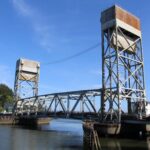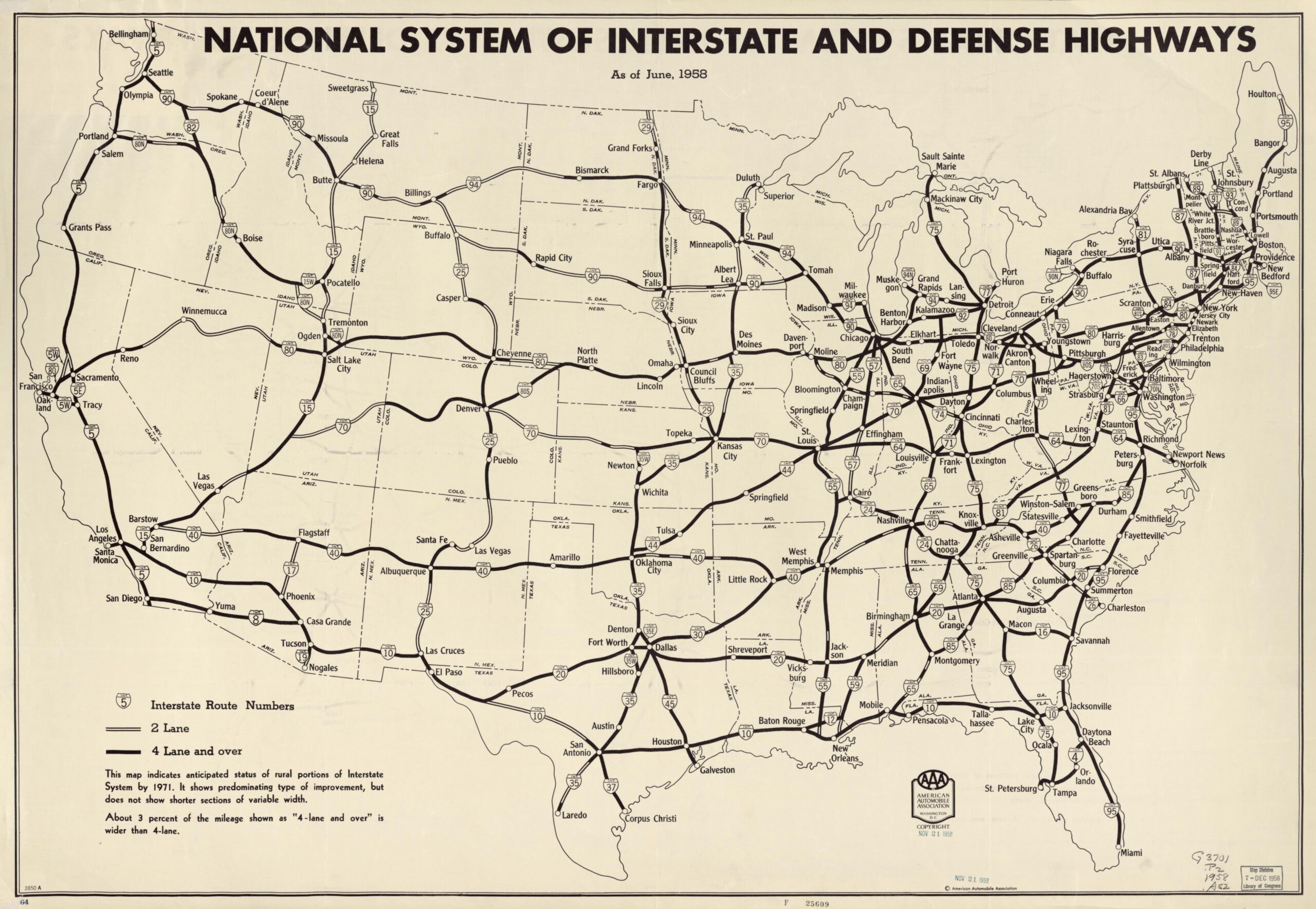First published in 1994, the AASHTO LRFD Bridge Design Specification introduced a number of new concepts to the bridge engineering world. One was the first appearance of our old friend, HL-93 loading. Another was the 75 bridge service life. The concept of service life is not a new one. Every mechanical object has an expected service life. Your cellular telephone, yes that device in your hand on which you’re probably reading this blog, has an expected service life of about 2 to 3 years. Bridges are no different.
Now in its ninth edition almost 30 years on, the Bridge Design Specifications uses some prescriptive language and some general language to provide bridge owners with designs that ensure they are getting at least 75 years of service life. Prescriptive language would be specification of cover requirements for different locations – 3 inches at the bottom of footings, 2 inches at the top and 1.5 inches in all other locations. General language gives more freedom, such as the use of more exotic materials. Statistically, according to AASHTO, the average bridge with average exposure to the elements should, on average, expect to still be standing in 75 years if the code is followed.
In general, this appears to be the case. The bridges that are in need of the most attention and have the most severe deterioration are those which were designed to less stringent requirements. In some cases, cover on rebar is minimal. Concrete mixes failed to allow for freeze-thaw by having less than optimal air entrainment. But for bridges designed after 1994, we are seeing good performance. Still, at 30 years in we still have the better part of half a century to know for sure.
Even with this apparent good performance, there are some owners who are opting to pay to have their bridges designed to an even higher standard than just three quarters of a century of service life. In the case of large and costly infrastructure projects, such as the Big Dig in Boston or the new Gordie Howe Bridge in Detroit, the premium paid for longer service life may be good value for money. The permitting requirements, the expected traffic volumes and the shear cost of such a large project really mean that with such a vast investment, the taxpayer expects to get a lot of use out of their bridge before it needs replacement.

Let’s take your car for instance. Your Toyota of today will likely give 200,000+ miles of relatively trouble free service, driving you and yours all over the world. A Chevrolet of the 1970’s was considered a survivor if it made it to 100,000 miles without major work, often having reliability issues due to ignition components, fuel issues and they often leaked fluids.
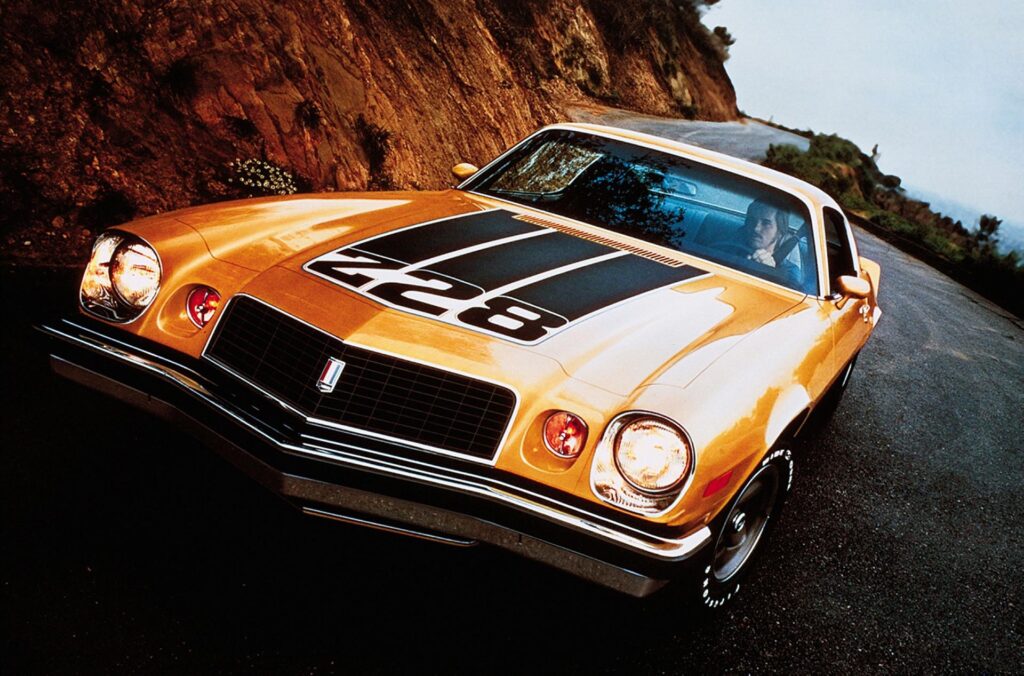
In 2021, the average salary in the United States was $79,900 according to HUD and the average car price was $42,258 according to Kelley Blue Book. In 1970, the average salary was $9,870 while the average car price was $3,542.
So in 1970, a new car was roughly a third of your annual salary. But today, Americans are paying over half their annual salary for a new car. Why? Americans are willing to pay more for – you guessed it – increased reliability in their automobiles. Cars today last longer and go farther than a car of 50 years ago.
The same can be said of bridges. We’re willing to pay more for the bridge upfront so that we don’t have to endure the seemingly endless summer construction seasons to repair or rehabilitate vital infrastructure components like roads or bridges. We want to build it and forget it. We want bridges to last forever – and 100 years is a long time.
A century is a long time. Look at the Kingdome. The world’s largest reinforced concrete dome and the least expensive domed, air conditioned stadium of its size in the world. A marvel of engineering, unique in its architecture, yet reviled by Seattleites since before ground was even broken. Built to last 1000 years…and they imploded it after only 24 years of service. A cautionary tale for those bridge engineers out there hoping their creations will out live them.
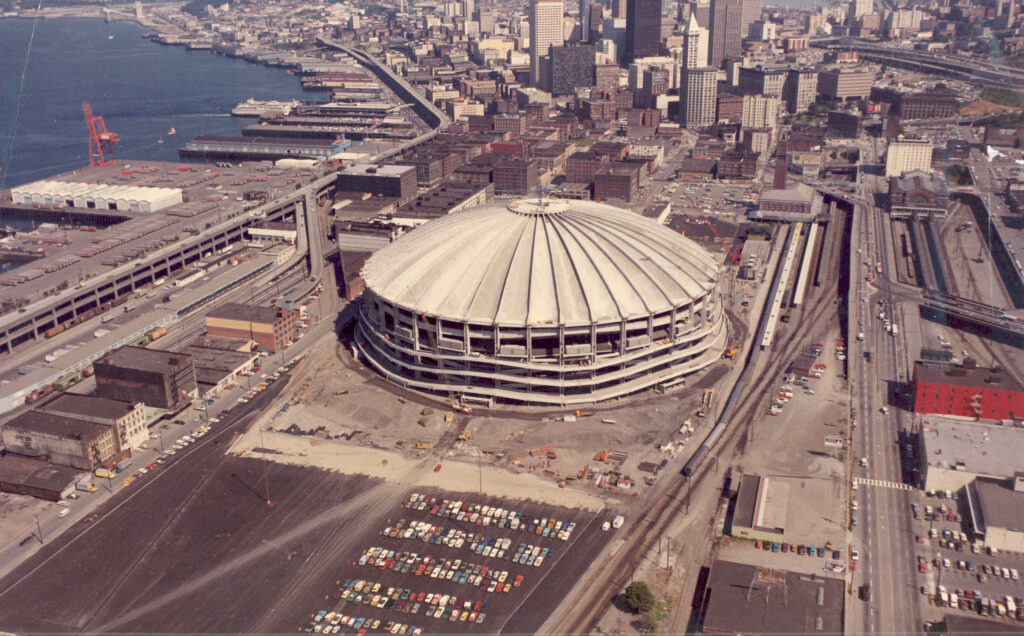
So how do you go about designing for longer service life? The biggest driver in bridge deterioration is corrosion. Most bridges use some form of ferrous metal – either reinforcement in concrete or structural steel components. And as we all know, carbon steel will corrode if left to the elements. Corrosion – the transformation of steel into iron oxide after exposure to oxygen and an electrolyte (water) – reduces the strength of an element. Reduced strength leads to a reduction in load carrying capacity, which leads to load restrictions and eventual rehabilitation or replacement.
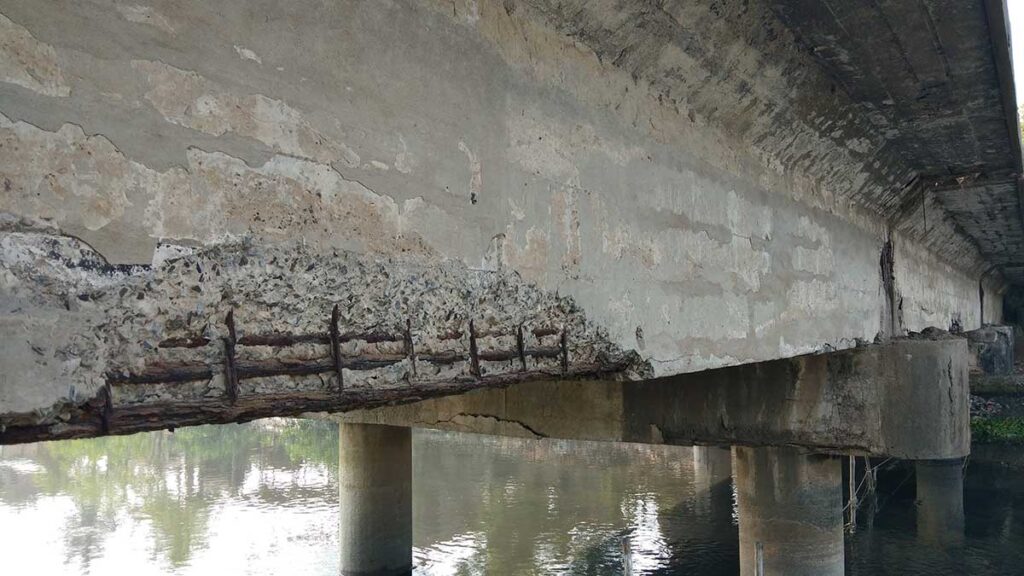
Design methodologies that look at service life design aim to delay the onset of corrosion induced damage. In concrete, this can be done with increased cover over the rebar. Increasing the cover means the chloride ions that react with the steel to create iron oxide have to penetrate deeper to get to the steel, which takes longer. Using denser concrete mixes also retards the chloride ion’s progression.
Going even further, coating the steel rebar can delay corrosion induced damage even further. Epoxy coatings have been used with good results in some areas. In others, stainless steel reinforcement or more exotic MMFX bars offer improved resistance to corrosion.
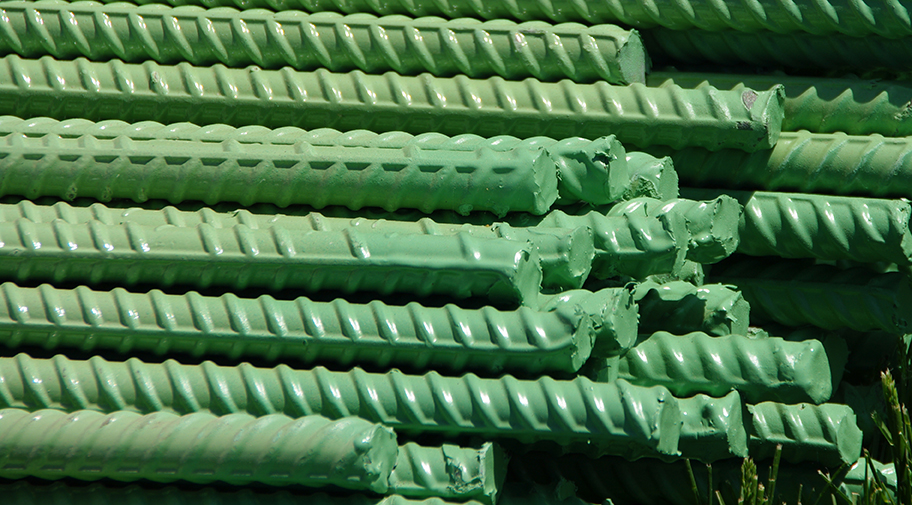
By combining increased cover with exotic materials, the bridge designer can achieve a very long service life. AASHTO provides guidance on service life design in a guide specification using prescriptive practices, while free software available online such as Life365 can be used to analytically determine the service life of various components.
Now that is the good news about service life design. But is there a down side?
Cost. Stainless steel reinforcement is about $4 a pound, compared to about $1 a pound for conventional Grade 60 uncoated rebar. Epoxy coated reinforcement is about $1.25 a pound, in comparison. MMFX varies by chromium content – the cost of 4% chromium or mid-level protection is on par with epoxy coated reinforcement when its 100 ksi strength is utilized.
Cover increases can be absorbed into the cost of the structure. Denser concrete will be more expensive, but not significantly. The real driver on cost is the exotic materials.
Let’s take a cubic yard of reinforced concrete. Assuming $600 a cubic yard for concrete and 250 pounds of reinforcement, assuming uncoated steel, you’re looking at a cost of about $850 per cubic yard.
Now if we use stainless steel reinforcement, your total cost is now $1,600 a cubic yard, nearly double.
For epoxy coated steel, your total cost is $913 a cubic yard, a 7% increase. Epoxy coatings have come under fire lately and are not used at all in some eastern states.
For MMFX reinforcement, your total cost is $788. Though it should be noted that not all agencies agree that 4% chromium MMFX is a direct replacement for epoxy coated bar. 9% chromium MMFX is considered equivalent, though its cost is higher than 4% though not as high as solid stainless steel.
As a bridge owner, the question has to be asked – is paying double up front for a concrete bridge component that will theoretically last 100 years (which is only 33% longer than the 75 year code minimum by using standard materials) worth it?
In smaller states such as Vermont with fewer assets to spend money on, maybe the extra expense can be justified. But in larger states with more assets, the funding is spread thin. There really isn’t much reserve to spend on extra service life, especially with the number of ailing bridges we have.
In some environments good engineering judgement can be used to assess whether additional attention is needed toward the service life of a bridge. One environment is a coastal bridge which could be exposed to saltwater splash. Another is locations where winters are long and salt is used to deice roads and bridges. In these two cases it may be prudent to use exotic materials to enhance the service life of key components. However, the AASHTO Bridge Design Specification already allows for this. Is designing for 100 year service life on every two span highway overpass really our intent? Or is the base line 75 years sufficient with enhancement to the deck? Food for thought.
Views: 2034
